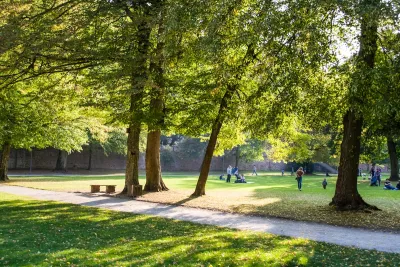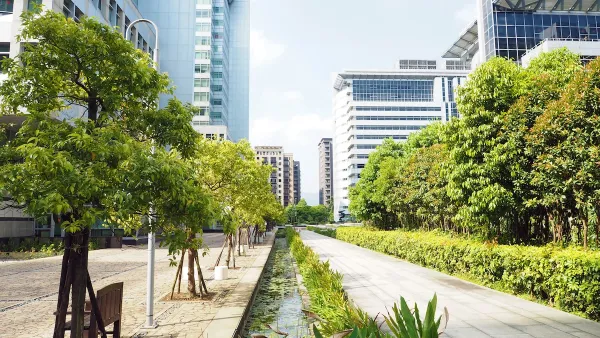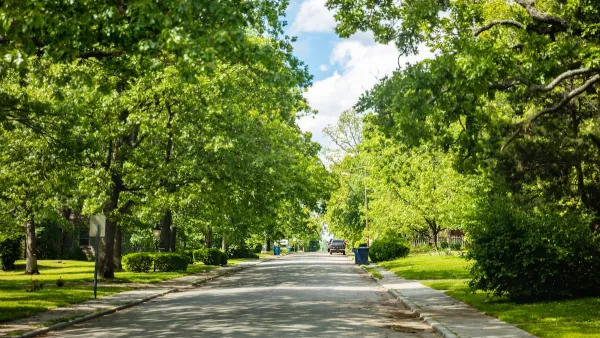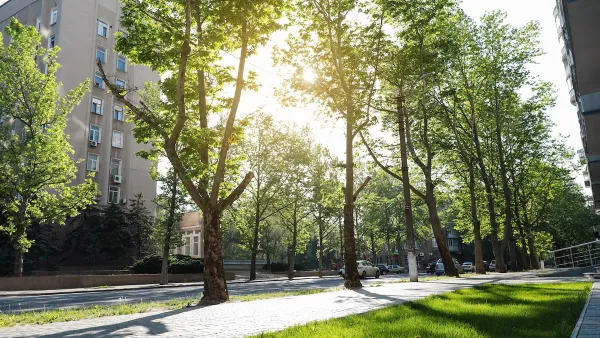The study reveals significant gaps in urban forestry, emphasizing the urgent need for reforms, innovative planting solutions, and expanded tree canopy to combat climate change and improve urban health.

The “3+30+300 rule,” a benchmark for greener cities introduced by urban forestry expert Professor Cecil Konijnendijk, sets standards for tree visibility, canopy cover, and park accessibility to enhance health, mitigate climate change, and create heat-resilient urban environments.
As reported by Thami Croeser, a study applying the rule to eight cities—Melbourne, Sydney, New York, Denver, Seattle, Buenos Aires, Amsterdam, and Singapore—revealed significant gaps in urban forestry infrastructure, with Singapore as the only city to pass all three criteria. Challenges include inadequate tree canopy coverage, insufficient access to parks, and issues like sparse planting and small tree sizes that limit shade and cooling benefits, even in cities renowned for their green initiatives.
Urban forests face structural challenges such as compacted soils, impermeable surfaces, and aggressive pruning practices that hinder tree growth and longevity. Sparse planting and restrictive engineering standards exacerbate these issues, making it difficult for cities to meet the benchmarks of the 3+30+300 rule. For example, while many buildings in Melbourne and Sydney have views of three trees, few achieve sufficient neighborhood canopy cover. Cities like Nice, France, face similar contradictions, with visible trees often being too small or too spread out to provide meaningful shade or ecological benefits.
To address these deficiencies, reforms are needed to prioritize trees as critical infrastructure alongside innovative planting solutions like soil vaults and permeable paving. These strategies not only enhance tree growth and longevity but also reduce urban flooding and improve environmental resilience. The study underscores the urgent need for cities worldwide to expand and protect urban forests, particularly as climate change intensifies and urban populations grow, emphasizing that comprehensive green infrastructure is essential for sustainable, livable cities.
FULL STORY: We rated the urban forests of 8 global cities – only Singapore passed the 30% canopy test

National Parks Layoffs Will Cause Communities to Lose Billions
Thousands of essential park workers were laid off this week, just before the busy spring break season.

Retro-silient?: America’s First “Eco-burb,” The Woodlands Turns 50
A master-planned community north of Houston offers lessons on green infrastructure and resilient design, but falls short of its founder’s lofty affordability and walkability goals.

Delivering for America Plan Will Downgrade Mail Service in at Least 49.5 Percent of Zip Codes
Republican and Democrat lawmakers criticize the plan for its disproportionate negative impact on rural communities.

Test News Post 1
This is a summary

Test News Headline 46
Test for the image on the front page.

Balancing Bombs and Butterflies: How the National Guard Protects a Rare Species
The National Guard at Fort Indiantown Gap uses GIS technology and land management strategies to balance military training with conservation efforts, ensuring the survival of the rare eastern regal fritillary butterfly.
Urban Design for Planners 1: Software Tools
This six-course series explores essential urban design concepts using open source software and equips planners with the tools they need to participate fully in the urban design process.
Planning for Universal Design
Learn the tools for implementing Universal Design in planning regulations.
EMC Planning Group, Inc.
Planetizen
Planetizen
Mpact (formerly Rail~Volution)
Great Falls Development Authority, Inc.
HUDs Office of Policy Development and Research
NYU Wagner Graduate School of Public Service





























